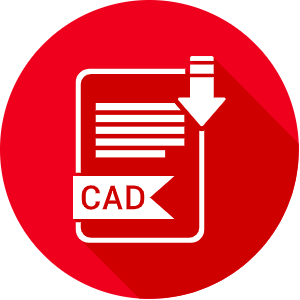Advertisement
Excel Keyboard Shortcuts
In this article, you will find keyboard shortcuts for Microsoft Excel. These shortcuts are designed to enhance productivity and streamline your workflow in Excel.
General Shortcuts
- Ctrl + N: New Workbook
- Ctrl + O: Open Workbook
- Ctrl + S: Save Workbook
- Ctrl + P: Print Workbook
- Ctrl + C: Copy
- Ctrl + V: Paste
- Ctrl + X: Cut
- Ctrl + Z: Undo
- Ctrl + Y: Redo
- Ctrl + A: Select All
- Ctrl + F: Find
- Ctrl + H: Replace
- Ctrl + K: Insert Hyperlink
- Ctrl + U: Underline
- Ctrl + B: Bold
- Ctrl + I: Italic
Navigation Shortcuts
- Ctrl + Arrow Key: Move to Edge of Data Region
- Home: Move to Beginning of Row
- Ctrl + Home: Move to Beginning of Worksheet
- Ctrl + End: Move to Last Cell with Data
- Page Up: Move One Screen Up
- Page Down: Move One Screen Down
- Alt + Page Up: Move One Screen Left
- Alt + Page Down: Move One Screen Right
Editing Shortcuts
- F2: Edit Active Cell
- Ctrl + D: Fill Down
- Ctrl + R: Fill Right
- Ctrl + Shift + L: Add or Remove Filter
- Alt + Enter: Start a New Line in the Same Cell
- Ctrl + Shift + "+ ": Insert New Cells
- Ctrl + "- ": Delete Cells
Formatting Shortcuts
- Ctrl + 1: Open Format Cells Dialog
- Ctrl + Shift + $: Apply Currency Format
- Ctrl + Shift + %: Apply Percentage Format
- Ctrl + Shift + !: Apply Number Format with Two Decimal Places
- Ctrl + 5: Apply or Remove Strikethrough
Workbook Management Shortcuts
- Ctrl + F4: Close Workbook
- Ctrl + Tab: Switch Between Open Workbooks
- Ctrl + Page Up: Move to Previous Worksheet
- Ctrl + Page Down: Move to Next Worksheet
- Ctrl + Shift + N: New Worksheet
Formulas Shortcuts
- =: Start Formula
- Ctrl + Shift + Enter: Array Formula
- F4: Toggle Absolute/Relative References
- Ctrl + Shift + A: Insert Argument Names into Formula
- Ctrl + Shift + F3: Define Name for Selection
Using these shortcuts can significantly improve your efficiency while working with Microsoft Excel. Practice them to enhance your workflow and productivity.
Advertisement


